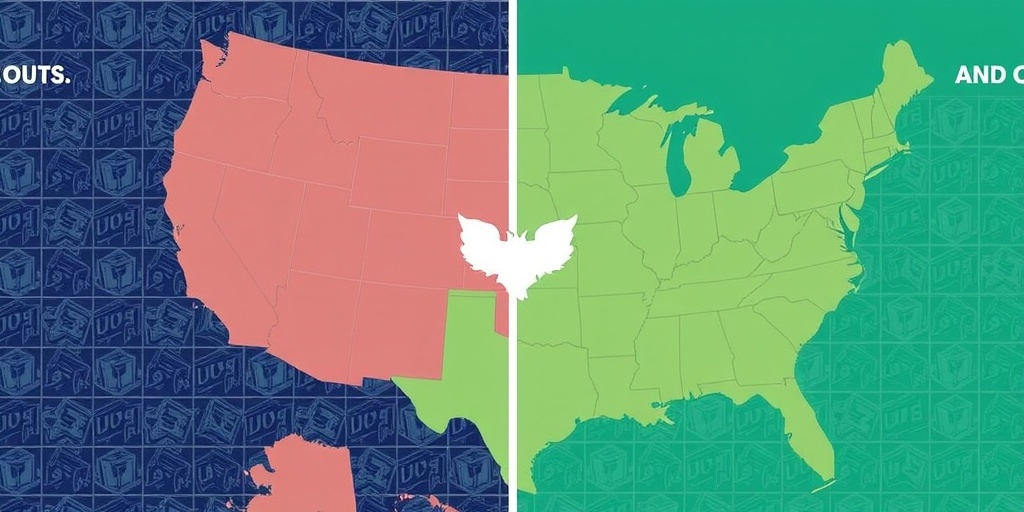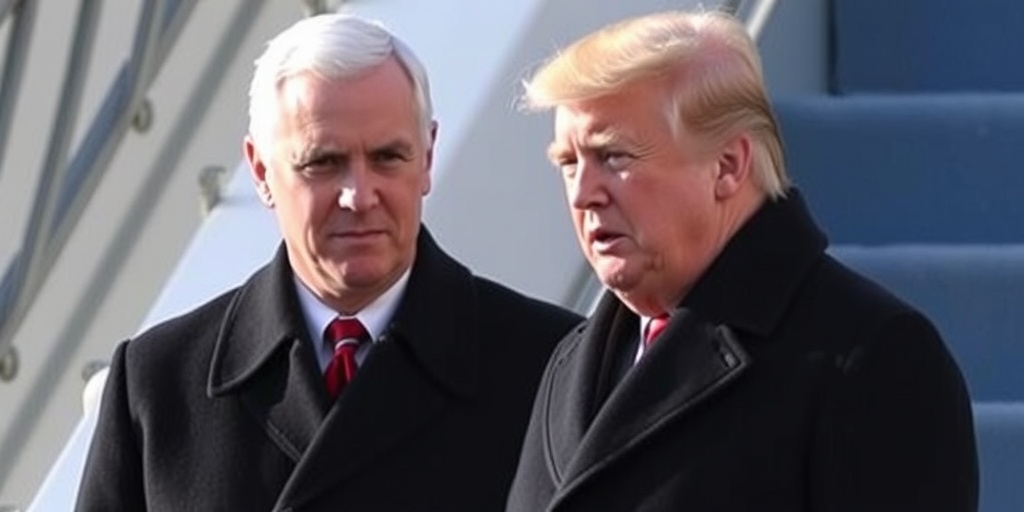Now Reading: Secret Intelligence Agency Sets Boundaries on Espionage Activities
-
01
Secret Intelligence Agency Sets Boundaries on Espionage Activities
Secret Intelligence Agency Sets Boundaries on Espionage Activities

Concerns of Overreach Persist at Homeland Security’s Intelligence Agency
For a span of two decades, privacy advocates and civil liberties organizations have expressed deep concerns regarding the potential misuse of power by a relatively obscure intelligence agency within the Department of Homeland Security (DHS). The agency in question, the Office of Intelligence and Analysis (I&A), has been vested with extensive surveillance authority and a mission that remains somewhat ambiguous.
The summer of 2020 served to intensify these apprehensions. During that period, intelligence personnel from the agency—many of whom were new to such roles—were dispatched to Portland, Oregon. Their task was to gather intelligence on individuals participating in protests against police brutality. Alarmingly, these officers compiled extensive reports that included the names of journalists who were covering the events. This incident raised significant concerns about potential overreach and misuse of surveillance capabilities by the I&A, shining a light on the broader issues of privacy violations within government surveillance activities.
In response to ongoing worries about the agency’s reach, officials made an effort to clarify the boundaries surrounding its domestic intelligence operations. On a recent Friday, high-ranking officials introduced new limits regarding the agency’s domestic spying activities. This initiative is part of a broader strategy by the Biden administration aimed at enhancing oversight while establishing concrete guidelines for intelligence operations.
The I&A was founded in 2003, primarily with the mission of assessing threats to homeland security, particularly focusing on foreign terrorism. However, as threats transformed to encompass domestic violent extremism and targeted violence—including incidents like mass shootings—the scope of intelligence collection has broadened significantly. This expansion raises further concerns over potential invasions of privacy for American citizens.
Kenneth L. Wainstein, the agency’s head, has sought to strengthen the oversight mechanisms governing its actions. A new requirement now mandates that intelligence analysts provide written statements of reasonable belief. This stipulation compels analysts to justify their assertions regarding individuals deemed to be domestic violent extremists before any intelligence report is generated. An internal document outlines criteria that classify qualifying behavior for such a designation.
Recently, the agency has also streamlined its mission to focus on specific areas that encounter less overlap with other intelligence entities. For instance, Wainstein pointed out that the threat posed by fentanyl trafficking represents a significant national security challenge, overshadowing previous concerns surrounding illegal narcotics.
Much of the agency’s recent intelligence gathering has concentrated on the northern and southern borders of the United States. Here, officials have been gathering intelligence from certain noncitizens taken into custody by Customs and Border Protection. This practice has led to an intricate web of intelligence collection methods that are under scrutiny from lawmakers.
In September 2023, Congress engaged in discussions about revoking some of the agency’s information collection authorities amid rising worries regarding overreach. However, the FBI, in a memo to Congress, underscored the importance of the agency’s intelligence work, particularly concerning the monitoring of critical threats such as fentanyl traffickers and foreign espionage efforts. They argued that the I&A’s activities had resulted in significant captures and arrests connected to human smuggling networks.
Ultimately, lawmakers opted not to completely dismantle the agency’s capabilities. However, the latest National Defense Authorization Act imposed restrictions on certain authorities held by the I&A, indicating that skepticism about the agency’s operations is still very much alive.
The establishment of the Department of Homeland Security in 2002 was a direct response to the intelligence failures that precipitated the September 11 attacks. The creation of the Office of Intelligence and Analysis aimed to equip state and local officials with the necessary intelligence to secure their communities. Yet, this agency has grappled with its identity in the broader intelligence landscape since its inception.
Senator Saxby Chambliss, a Republican from Georgia, noted back in 2014 that the office had yet to solidify its organizational identity and attain the level of professional competence expected of intelligence agencies.
As Wainstein prepares to leave the department, he expressed optimism that formalizing the agency’s policy guidelines would help alleviate some of the confusion surrounding its operations. However, skepticism remains strong in the community. Spencer Reynolds, a former lawyer for the agency and now a member of the Brennan Center for Justice, raised valid concerns about the agency’s operational environment, which he described as lacking rigorous rules—potentially facilitating abuse and politicized targeting.
Reynolds warns that even with the introduction of new policies, such regulations could be easily reversed, citing the inherent instability of policy compared to law. He emphasized that the political landscape could shift dramatically with new officials seeking to overturn established precedents within the government. The ongoing dialogue surrounding the I&A underscores the delicate balance between national security and the protection of individual rights, as advocates and lawmakers alike continue to navigate the complexities of intelligence in the modern age.
Stay Informed With the Latest & Most Important News
Previous Post
Next Post
-
 01New technology breakthrough has everyone talking right now
01New technology breakthrough has everyone talking right now -
 02Unbelievable life hack everyone needs to try today
02Unbelievable life hack everyone needs to try today -
 03Fascinating discovery found buried deep beneath the ocean
03Fascinating discovery found buried deep beneath the ocean -
 04Man invents genius device that solves everyday problems
04Man invents genius device that solves everyday problems -
 05Shocking discovery that changes what we know forever
05Shocking discovery that changes what we know forever -
 06Internet goes wild over celebrity’s unexpected fashion choice
06Internet goes wild over celebrity’s unexpected fashion choice -
 07Rare animal sighting stuns scientists and wildlife lovers
07Rare animal sighting stuns scientists and wildlife lovers




















